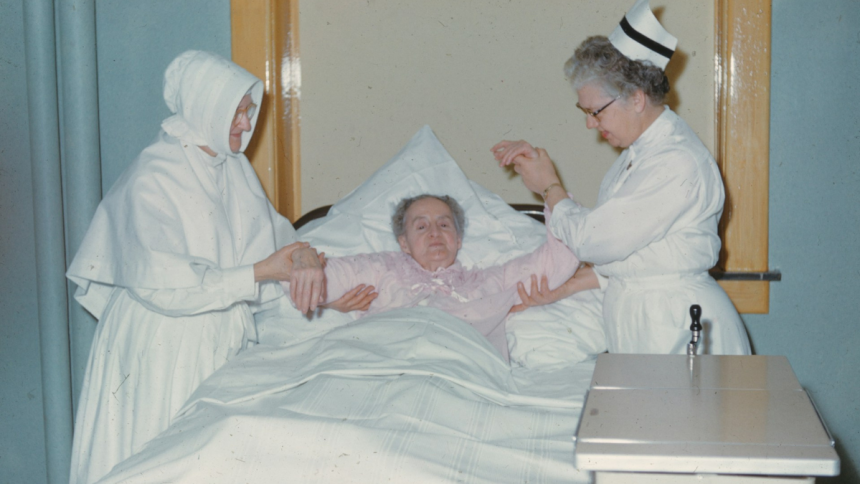When our senior loved ones grow too frail to care for themselves, nursing homes are responsible for their care. Over 1.2 million individuals are admitted to assisted living and nursing homes in the United States.
Every facility is required to provide all residents with the proper level of care. However, many fall short of this objective, which can lead to abuse in nursing homes. The various forms of abuse that take place in nursing homes are covered in this article, along with the warning signals to watch out for in order to protect your loved ones and what to do if you think they are being mistreated.
Documenting Abuse
Documenting everything should be your first step. Document any obvious indications of neglect, like wounds, bedsores, malnourishment, or unhygienic living circumstances, using crisp, date-stamped images or videos. This could offer convincing proof of carelessness. Additionally beneficial is maintaining a notebook or log with thorough notes about your loved one’s health and any other occurrences that can cause you to worry.
You can get compensation for cases like stage 4 bedsore if negligence or abuse is proven. It is important to seek legal advice and take action as soon as possible to protect your rights and hold the responsible parties accountable.
Medical Treatment
Even if you believe your problem is mild at the moment, you must tell your doctor about it. Some clients prefer to concentrate on more serious ailments and ignore minor aches and pains, believing they will go away.
It turns out that those small problems could grow more problematic in the future. It will be simpler to link it to abuse or carelessness at the facility if it is noted early on in medical records. You ought to think about recording all of your symptoms and indicators in a notebook. As the case progresses, this will act as a helpful reminder and offer more proof of who is responsible for paying medical expenditures.
Report Neglect
Another essential step in formally recognizing the problem is reporting neglect by following the nursing home’s formal complaint procedure. This methodical technique guarantees that the institution is required to reply and that the complaint is formally recorded in its system. Ask for a copy of the nursing home’s complaint protocol. This should include information on:
- How to file a complaint
- Who to contact
- What happens after the complaint is filed
You can follow the right procedure and ensure your complaint is handled seriously by being aware of this process. Create a thorough report of the neglect, including any supporting documentation you have obtained, such as images or videos, thorough notes, and documentation of the person’s status changes.
Connect with Senior Citizen Support Organizations
Another approach for those coping with suspected nursing home mistreatment is interacting with advocacy groups committed to elder care. Groups advocating elder care have a great deal of expertise in handling problems of neglect in nursing homes. They can offer professional guidance on what type of evidence is required, how to properly convey issues, and how to negotiate the complaint process.
Many of these organizations provide instructional resources for families to learn the legal and regulatory framework safeguarding the elderly in care facilities, identify indicators of neglect, and help them grasp the rights of nursing home patients.
Endnote
While negotiating this procedure can be an emotionally charged and intimidating trip, following the correct guidelines and consulting professionals will help to make the journey more under control. It calls for both a dedication to increase awareness and a thorough knowledge of the rights given to citizens and their families.
Lynn Martelli is an editor at Readability. She received her MFA in Creative Writing from Antioch University and has worked as an editor for over 10 years. Lynn has edited a wide variety of books, including fiction, non-fiction, memoirs, and more. In her free time, Lynn enjoys reading, writing, and spending time with her family and friends.















